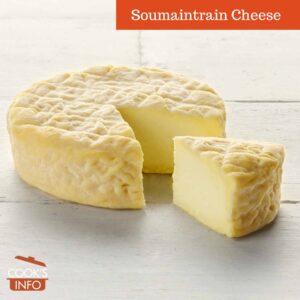Washed-rind cheeses are firmer, lower-moisture cheeses whose rinds are washed, rubbed or brushed with, or dunked in liquid during maturation.
The liquid can be beer, brine, brandy, Calvados, cider, oil, water, whey or wine.
The rinds from all washed-rind cheeses tend to be bitter tasting, and smelly.
This is often confused with smear-ripened cheeses; with smear-ripened cheeses, however, the goal is to encourage bacterial growth.
History
Washed-rind cheeses were traditionally made in highlands and up in the mountains. The cheeses needed to be able to keep well, as oftentimes travel down the mountains was hard for many months of the year and anyone wishing to bring them down to the markets in the lowlands to sell there would have to wait till the spring. The washing technique helped achieve this goal by restricting bacterial growth.
As a result of the washing, the cheeses would develop a characteristic hard rind.
Language Notes
Aka “washed-crust cheeses.”















